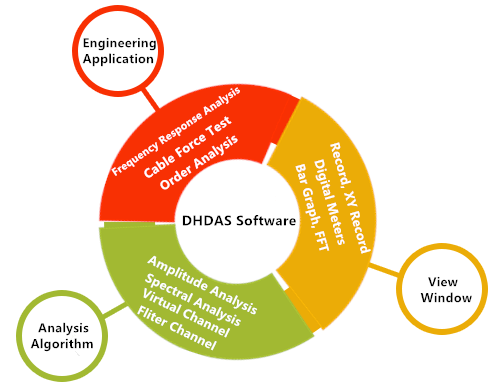Plug-in Architecture: The latest plug-in software architecture ensures the conveniences of software customization and update, the flexibilities of development and testing, thus prolonging the vitality of software. Software platforms and plug-ins can be freely combined to configure special software for different test sites and process requirements. |
The standard lower layer interface, in the form of automation components (COM), with the language-&platform-independent features and strong universality, supports multiple compiled languages, such as Labview, C++, C#, Visual Basic, Delphi, C# Builder, JY SeeSharp development platform, etc. By using it, users’ own compiler software can directly control and obtain the data from the instrument. |
 Moreover, standard plug-in development interface and template are provided for users to develop data processing methods, view windows and engineering application algorithms and other plug-ins, which can be seamlessly integrated into the software platform and shared with other users. |
The user is able to use the data interface to obtain real-time data collected and analyzed by software for processing and analysis of other analysis software or hardware system (such as loading system) via the standard data interface protocol.
In addition, the standard external call interface enables users to invoke the software’s functions and interfaces programmatically. |